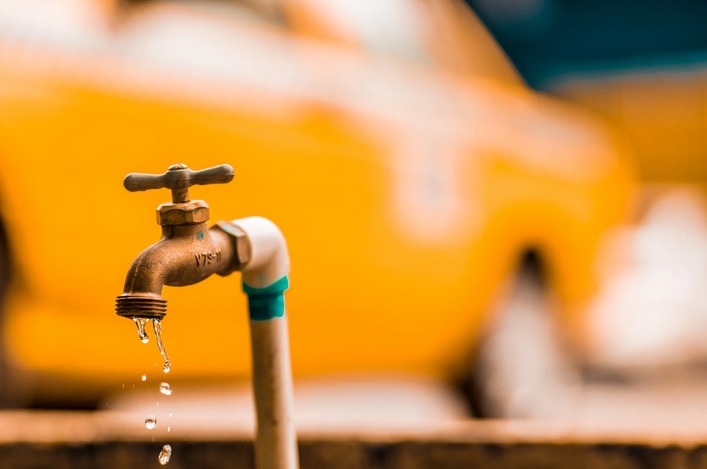It is essential to filter water at home. Whether using a filter pitcher or installing an under-counter filter, there are several options for removing harmful contaminants from the water that comes out of your faucet. For most people, tap water is safe to drink with some minor adjustments in their lifestyle and habits; however, others may be more sensitive to contaminants like lead and need to take extra precautions when it comes to drinking tap water. If you are interested in learning how to filter your water at home, read more.
Boiling Water
 Boiling water is one way of purifying it. The heat kills bacteria and viruses in the water, making it safe for drinking or cooking. If you live near an area with high levels of arsenic, then boiling your water will not filter out this harmful chemical found in groundwater.
Boiling water is one way of purifying it. The heat kills bacteria and viruses in the water, making it safe for drinking or cooking. If you live near an area with high levels of arsenic, then boiling your water will not filter out this harmful chemical found in groundwater.
To reduce toxic metals like arsenic, you will need to use a filter specifically designed to remove this contaminant. But you need to make sure that the filter is heat-resistant.
UV Treatment
Another way to remove harmful chemicals from the water is through ultraviolet (UV) treatment. UV light has been used in homes and businesses for years as a disinfectant. Still, not everyone knows you can filter out harmful contaminants like bacteria and viruses in tap water! This type of purification kills almost all microbes that could potentially cause disease and illness. UV treatment is also very affordable and doesn’t take up much space as some other types of filters do, making it an excellent option for those who don’t have the extra cash or room to install bulky under-counter water filtration systems.
Activated Charcoal Filter
An activated charcoal filter is a type of water filter that uses activated carbon to remove harmful contaminants from the water. This type of filter is often used in conjunction with other filters like a UV light or reverse osmosis system to protect against pollutants and chemicals. One downside to using an activated charcoal filter is that it can be expensive to replace the filter cartridges regularly.
DIY Portable Sediment Filters
 Many people don’t know that making your portable water filter using items you can find around the house is possible! It would help if you simply had a clean two-liter plastic bottle, some activated charcoal from your aquarium supply store, and some other basic household supplies. This filter will not filter out chemicals like arsenic or lead, but it is excellent for filtering out contaminants like chlorine and sediment.
Many people don’t know that making your portable water filter using items you can find around the house is possible! It would help if you simply had a clean two-liter plastic bottle, some activated charcoal from your aquarium supply store, and some other basic household supplies. This filter will not filter out chemicals like arsenic or lead, but it is excellent for filtering out contaminants like chlorine and sediment.
The best way to filter water at home is by using a pitcher with activated carbon filters. We recommend filling the bottom basin of your pitcher every few days and then pouring it over the top layer to ensure you’re getting clean water for drinking or cooking food. If you want something more hands-off, an under-sink mounted filtration system may be what you’re looking for. These are usually installed directly below your kitchen faucet so that all of the filtered water ends up right where you need it! Which type of filtration system do you use? Comment below and let us know!
